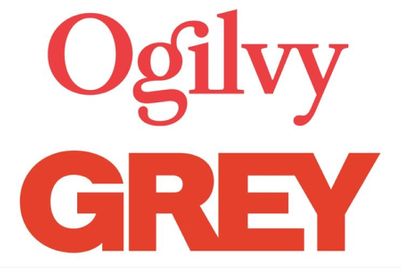
As brands seek out innovative ways to engage with attendees, 3D holograms are coming to the forefront as a compelling digital experience.
Sydney-based events agency Belle Laide Events designed an experiential event featuring an interactive Keith Urban projection for ANZ that allowed attendees to “jam with” the country star. The event reaped international coverage, a Facebook reach of 1.3 million, and 8,000 downloads.
Delon Price, creative director at the agency, takes us through the tech involved in executing a realistic projection.
What exactly is a 3D hologram?
What’s usually referred to as a hologram is really more of an illusion and was traditionally called Pepper’s ghost. It’s a projection onto a reflective surface that allows you to see the projected image but also see through it, so you get the illusion of something floating in space.
In our case, clients mainly use them for promotional purposes to create interest in a particular product launch and to generate social media interest.
Do 3D holograms generate excitement at events?
We find that there’s a real moment of surprise and delight when people are looking at the hologram. And they have that moment where they’re trying to figure out if what they seeing is real or an illusion.
What we did with our Keith Urban experience was to make it interactive. This way, people could get up and interact with the hologram, so it looked like they were actually talking with a celebrity.
Is it expensive to execute?
They are quite expensive, and part of the reason is the technology. Most of the expense sits in the content creation. Creating high-quality content that successfully works for a hologram is quite a painful process and requires a large team.
For example, with the Keith Urban experience, there was a full rehearsal day at the studio, a filming day, specific lighting set-up, and a lot of post-production work. A hologram is only as good as the footage you use.
Can holographic projections work outdoors?
No, they have to be protected from direct light. Any kind of stray lighting will destroy the hologram illusion. When we worked on the Keith Urban experience, we created a custom pop-up enclosure so that we could control the amount of light that hit the surface.
Are there copyright issues when using archived footage?
Absolutely. We negotiated for Keith Urban to be part of the larger campaign for ANZ but had to work through his record label that had very specific restrictions on how the footage could be used. The image of any artist – either living or dead – is tightly controlled when it comes to creating holograms.



.jpg&h=334&w=500&q=100&v=20250320&c=1)

.jpg&h=334&w=500&q=100&v=20250320&c=1)
.jpg&h=334&w=500&q=100&v=20250320&c=1)

.jpg&h=334&w=500&q=100&v=20250320&c=1)
.jpg&h=334&w=500&q=100&v=20250320&c=1)
.jpg&h=334&w=500&q=100&v=20250320&c=1)





.jpg&h=268&w=401&q=100&v=20250320&c=1)


